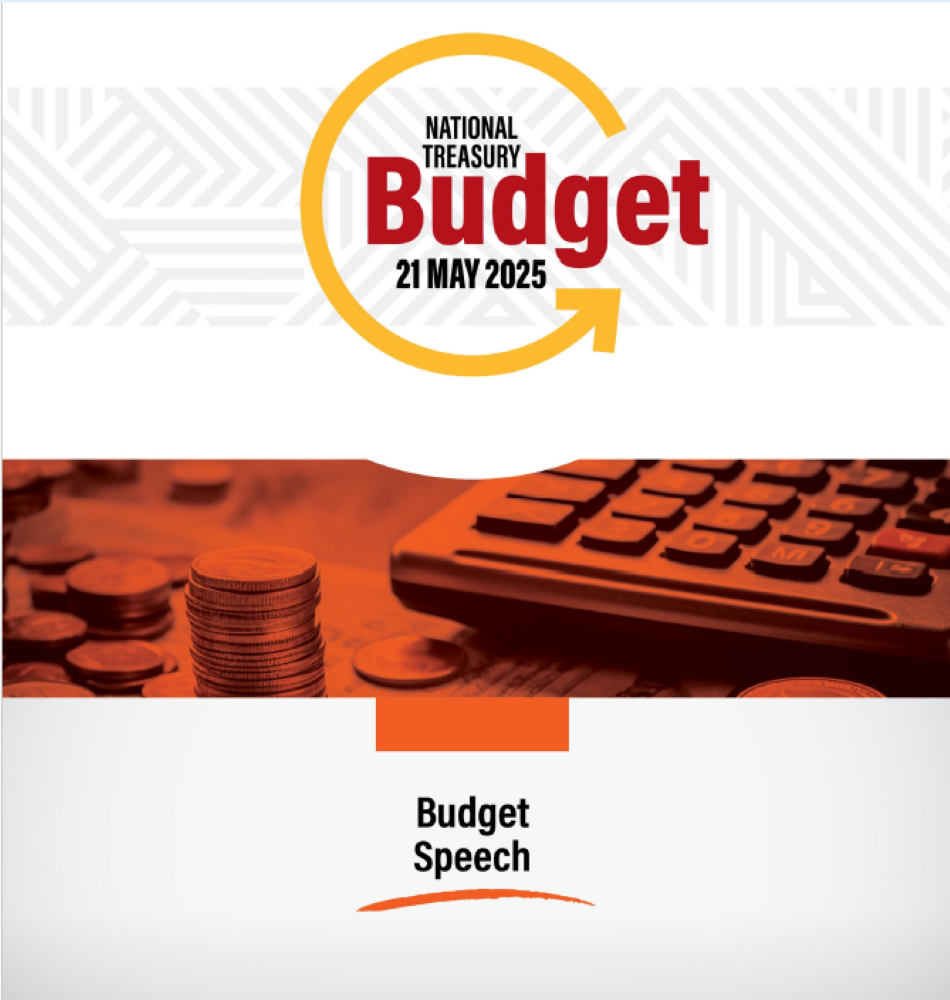Medihelp, Sizwe Hosmed and Transmed solvency ratios all below 25% – Council for Medical Schemes.
Three medical aid schemes – Medihelp, Sizwe Hosmed Medical Scheme and Transmed Medical Fund – failed to maintain their solvency ratios at or above 25% in 2023, the minimum statutory prescribed level in the Medical Schemes Act.
This is revealed in the Council for Medical Schemes (CMS) Financial Performance Industry Report 2023 released this week.
Transmed improved its solvency ratio to 23.79% in 2023 from 17.7% in 2022 but this is at least the fourth consecutive year it has failed to comply with the statutory prescribed solvency ratio after achieving a liquidity ratio of 19.72% in 2021 and 22.37% in 2020.
Sizwe Hosmed failed to meet the prescribed solvency level in 2023, with its solvency ratio deteriorating to 15.73% in 2023 from 25.59% in 2022.
Medihelp’s solvency ratio deteriorated to 23.84% in 2023 from 33.93% in 2022.
The report said these three schemes account for 4.11% of all medical scheme beneficiaries.
The number of medical aid beneficiaries in South Africa increased from 9 039 259 in 2022 to 9 127 453 in 2023, but only 14.7% of the population was covered by medical aid schemes in 2023 compared to 16% in 2000.
The solvency ratio of a medical aid scheme refers to the accumulated funds of a scheme as a percentage of its gross annual contributions.
Moneyweb requested an update from the CMS on the liquidity ratio status of Medihelp, Sizwe Hosmed and Transmed but a response has not yet been received.
ALSO READ: Why you shouldn’t wait before joining a medical aid scheme
Industry-wide view
The report said the solvency ratios of both open and restricted schemes deteriorated in 2023.
CMS chief executive and registrar Dr Musa Gumede said in the report that despite medical schemes incurring a net surplus for the year, due to the mathematical calculation used, the industry solvency declined from 47.14% in 2022 to 43.45% in 2023.
Gumede said it is expected the solvency level will continue to decrease in the next few years due to the denominator representing the increased level of contributions before stabilising.
He added that the 2023 solvency of 43.45% does however exceed pre-Covid-19 pandemic levels of 34.54% in 2018 and 35.61% in 2019 – and is also significantly higher than the minimum required level of 25%.
Gumede added that ‘relevant healthcare expenditure’ (claims) per average beneficiary per month continued to increase above inflation in 2023 – rising 8.7% from R1 840.48 in 2022 to R2 000.57.
These claims were escalating pre-Covid-19 and it is expected this trend, which was interrupted by the pandemic, will continue unless drastic interventions are made.
ALSO READ: Increasing medical aid scheme costs: What are the alternatives?
Gumede said increased expenditure is a function of changes in utilisation and tariffs, with utilisation increases closely linked to the worsening demographic profile of medical schemes.
He said medical scheme membership grew by only 1.04% in 2023 while the average age of beneficiaries increased by 0.27 years.
“The aftermath of Covid-19 continued to impact medical schemes during the 2023 financial year.
“Increased utilisation due to the release of pent-up demand was noted across the industry.
“Based on monthly indicator information submitted during 2024, the increased levels of utilisation continued in 2024 and had to be factored into the 2025 year’s contribution increases,” he said.
Gumede said schemes implemented contribution increases below consumer inflation during the 2021 and 2022 financial years to provide temporary financial relief to members during the economic downturn.
Schemes were able to implement these interventions due to reserves built up during the Covid-19 pandemic.
However, Gumede said the lower contribution increases resulted in underpricing at an insurance service result level, resulting in a deficit of R6.73 billion for the 2023 financial year, which will need to be addressed and corrected in the coming years.
Gumede said the CMS has encouraged medical schemes to correct the pricing over a period rather than implementing it as a single, large corrective event.
ALSO READ: Watch out: medical aid scheme surprises that can cost you money
Sizwe Hosmed
The report said Sizwe Hosmed Medical Scheme’s increase in relevant healthcare expenditure outpaced the increase in its contributions.
It said the scheme experienced an increase of 17.19% in the relevant healthcare expenditure per average beneficiary per month (pabpm) in 2022, with a further increase of 4.12% pabpm in 2023, compared to the actual insurance revenue increase of 2.83% pabpm.
The report said the scheme fell below the minimum required solvency level at the beginning of 2023 and has submitted three business plans during the financial year.
It said the first business plan was retracted by the scheme, the second was rejected due to, among other things, the appropriateness of the claims assumptions to which the scheme was unable to respond.
The scheme subsequently appointed a new actuary with medical scheme-specific experience and a third business plan was submitted together with its 2024 year’s pricing.
The report said the scheme subsequently had to realign this submission with its pricing submission.
“This business plan was subsequently rejected as the 2023 actual results differed significantly from the projections – and cast aspersions on whether the scheme understood its underlying claims make-up,” it said.
The report said the CMS requested further actuarial claims analysis to be submitted, and the board of trustees and registrar agreed to the appointment of a statutory manager.
It said the scheme’s business plan for the 2025 year has been approved by the registrar.
ALSO READ: How to make the most of your medical aid scheme
Transmed
The CMS said Transmed Medical Fund has a worse demographic profile than the industry average.
It said schemes with higher demographic profiles are at particular risk of the so-called “death spiral”, where adjustments to pricing for the profile of its members might result in the unaffordability of contributions and the subsequent loss of its younger members, therefore exacerbating the effect.
The report said the employer group provides specific funding for the scheme’s Guardian option, which had a pensioner ratio of 94.53% and a relevant healthcare expenditure ratio of 84.84% at the end of 2023.
It said that with the exception of the Prime option, the remainder of the options incurred insurance service surpluses in 2023.
The Prime option only has 237 beneficiaries, with an average age of 75.51 years and a pensioner ratio of 83.54%, it said.
The registrar approved the scheme’s business plan for the 2024 and 2025 years.
ALSO READ: Gap cover analysis shows massive erosion of medical scheme benefits
Medihelp
The report said Medihelp deliberately underpriced its benefits during the Covid-19 pandemic in an attempt to provide relief to its members.
The scheme experienced a 3.89% decrease in its insurance revenue pabpm from 2021 to 2022, compared to an average CPI of 6.9% during the same period, and an increase of 3.51% in its insurance revenue pabpm.
The report said the scheme corrected its pricing for the 2024 financial year and submitted the required business plan, which was subsequently approved by the registrar.
This article was republished from Moneyweb. Read the original here.













